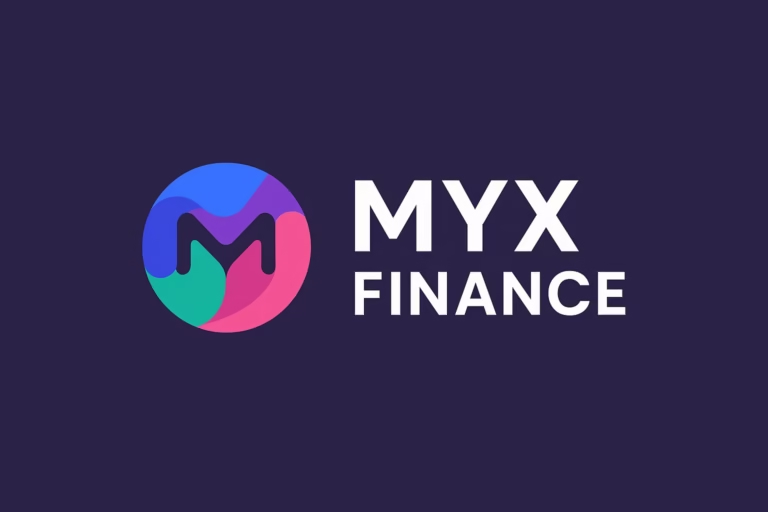
- Ethereum is attracting corporate interest for its staking rewards and active use in decentralized finance.
- Unlike Bitcoin, it offers both income and utility, making it a versatile treasury asset.
As digital assets gain mainstream adoption, corporate treasuries are rethinking what constitutes a smart, diversified portfolio. While Bitcoin has long held the crown as the preferred crypto reserve asset, Ethereum is fast emerging as a strong contender—offering not just value storage, but also the promise of on-chain yield and deeper financial utility.
Ethereum Appeal: Yield Over HODL
Ethereum isn’t just another crypto to hold; it’s an asset that can work for companies. Through staking, businesses can lock up ETH and earn predictable rewards, a model fundamentally different from Bitcoin’s reliance on price appreciation alone. These consistent returns from staking make Ethereum attractive for CFOs seeking more than speculative upside—especially when planning long-term cash flows.
Some companies are now modeling ETH holdings based on per-share staking returns, mirroring how traditional assets might offer dividends. This approach transforms ETH from a volatile token into a productive asset.
Utility Meets Value: The Ethereum Ecosystem Advantage
Beyond staking, Ethereum’s vast decentralized finance (DeFi) and stablecoin ecosystem gives it unique utility. ETH is not only used as a store of value but also powers lending platforms, tokenized assets, and financial contracts. As more stablecoins are issued and exchanged on Ethereum, demand for ETH rises—not just to buy and hold, but to use.
This functional integration into financial operations gives Ethereum a dual identity: part reserve, part resource.
Bitcoin’s Simplicity vs Ethereum’s Versatility
Bitcoin still leads in liquidity, simplicity, and trust. Its stability makes it a favorite for risk-averse institutions, and its minimal design reduces concerns about protocol risk. However, Bitcoin offers no yield mechanism—its value must rise for gains to be realized.
Ethereum, by contrast, introduces smart contract risks and validator complexity, but rewards this complexity with ongoing income and broader use cases.
A Blended Treasury Model
Forward-thinking financial brokers may consider recommending a mixed crypto treasury strategy: Bitcoin for security and Ethereum for yield and utility. Such a blend offers clients both stability and income, minimizing the downsides of each individual asset.
As the digital asset landscape matures, Ethereum’s evolving role could redefine what it means to hold crypto in a corporate treasury—not just for value, but for ongoing return and real-world utility.
ALSO READ:XRP Ledger Launches EVM Sidechain to Power Ethereum Dapps
DISCLAIMER:
The views and opinions expressed herein are solely those of the author and do not necessarily reflect the views of the publisher. The publisher does not endorse or guarantee the accuracy of any information presented in this article. Readers are encouraged to conduct further research and consult additional sources before making any decisions based on the content provided.




